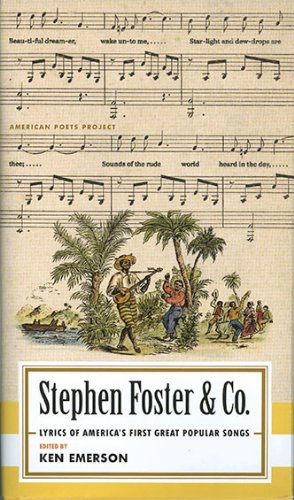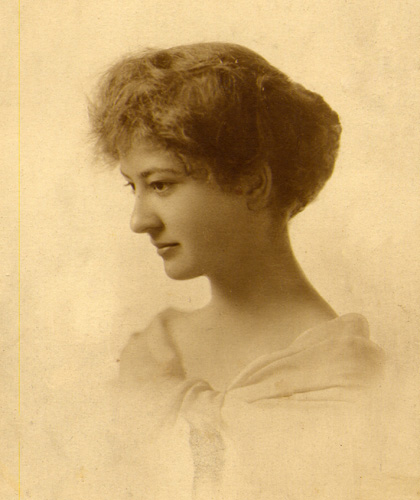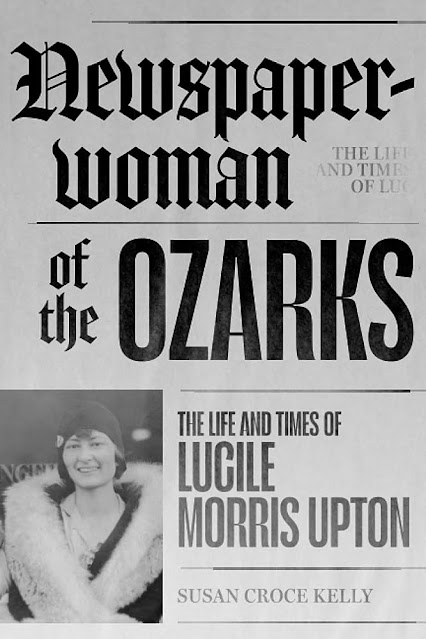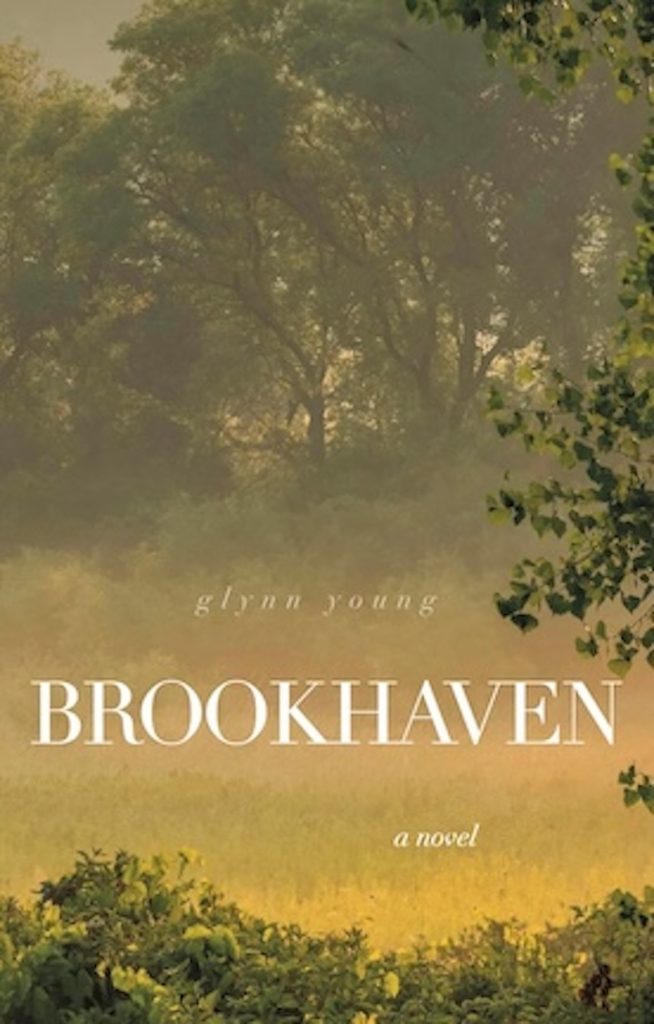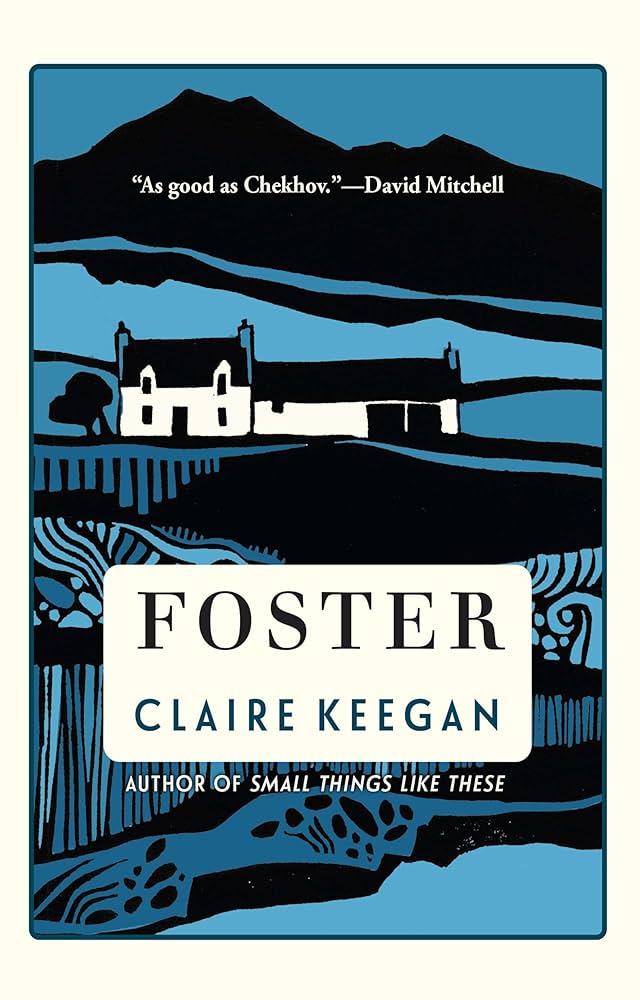
Irish writer Claire Keegan writes stories like Johannes Vermeer painted paintings: interior scenes, perfectly drawn, with far more going on than what first meets the eye. Whether you’re reading a Keegan novel or standing before “Girl with a Pearl Earring,” when you finish and walk away you simply say, “Yes.”
I discovered this when I read Keegan’s Small Things Like These, the story of a coal hauler doing his regular delivery at a convent when he discovers a young girl shivering outside and discovers he has walked into something else entirely. Keegan moves comfortably into her characters’ skins, and the reader becomes almost one with the story.
In Keegan’s short novel Foster, a young girl doesn’t entirely understand what is happening when her father brings her to the home of an older couple, Mr. and Mrs. Kinsella. The girl’s mother is in the final months of pregnancy, the house is already full of children, and the family has the opportunity to park her with a childless couple. The girl discovers a life very different from her own, a life of regular baths, daily changes of clothes, trips to get ice cream, and a couple who love her from the moment she walks in their door. She also discovers something of a mystery, like why she’s initially given the clothes of a boy. And there’s something about the well from which water is drawn.

In the day-to-day life of this couple and the girl, the story unfolds. Gradually she discovers how to live a different life, and she will soon come to understand what happened in the family. The story unfolds perfectly; Keegan is one gifted storyteller.
Keegan is best known for her short stories, which have appeared in such publications as The New Yorker, Granta, Best American Short Stories, and The Paris Review, among others. Her writing has won numerous awards and recognitions, including the Rooney Prize for Irish Literature, the William Trevor Prize, and several short story awards. She studied English and political science at Loyola University in New Orleans, received a M.S. degree in creative writing at the University of Wales, and a M.Phil degree from Trinity College Dublin. She lives in rural Ireland.
I didn’t know if I could like a Keegan story better than I liked Small These Like These, but Foster dispelled any doubts I had. From beginning to end, it’s a story of compassion, understanding, and what makes us human.
Related:
